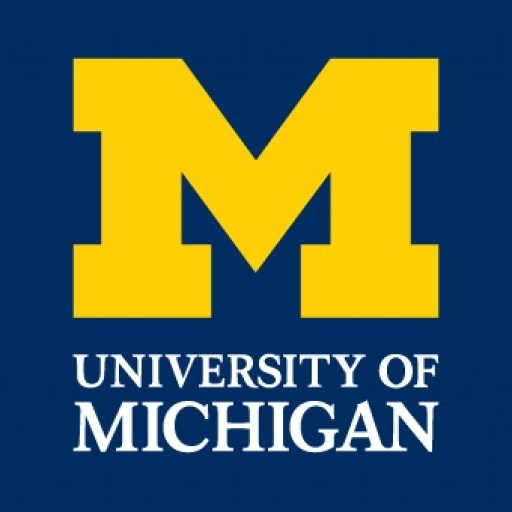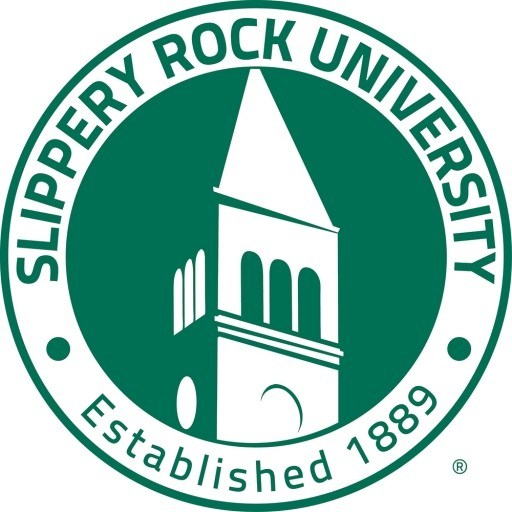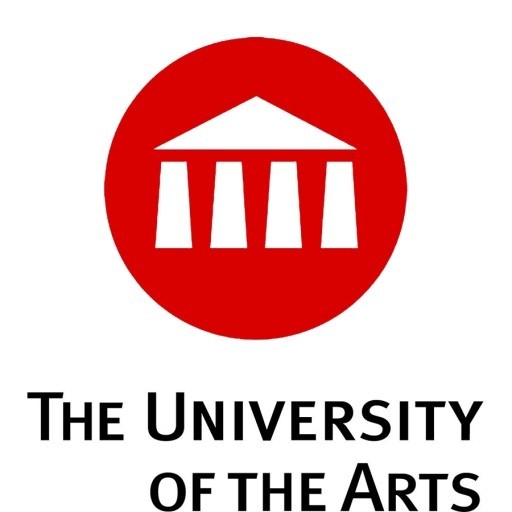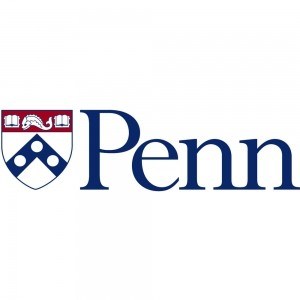Photos of university / #uofmichigan
The Bachelor of Fine Arts (BFA) at the University of Michigan – Ann Arbor is a comprehensive undergraduate program designed to develop students' artistic skills, creativity, and critical thinking within a dynamic and supportive environment. This program emphasizes both the conceptual and technical aspects of the visual arts, providing students with a solid foundation in traditional practices while encouraging innovative exploration across various mediums such as painting, sculpture, printmaking, ceramics, and digital arts. Students are immersed in a rigorous curriculum that combines studio practice, art history, and new media, fostering a balanced development that prepares graduates for diverse careers in the arts or graduate study. The program offers numerous opportunities for hands-on learning, including access to state-of-the-art studios, galleries, and technology resources, as well as participation in exhibitions, internships, and community projects. Faculty members are accomplished artists and scholars committed to mentoring students and supporting their individual artistic journeys. The BFA program also emphasizes critical analysis and professional development, equipping students with the skills necessary to succeed as artists, educators, or arts administrators. Collaboration with other disciplines, engagement with contemporary art discourse, and a vibrant campus cultural scene enrich students' educational experience. Graduates of the program often pursue careers as professional artists, curators, art educators, or continue their education in graduate programs. The University of Michigan’s BFA offers an innovative, challenging, and inspiring environment that fosters personal growth and artistic excellence.
The Bachelor of Fine Arts (BFA) in Art at the University of Michigan - Ann Arbor offers a comprehensive and immersive undergraduate education in visual arts, dedicated to nurturing creative talent and fostering artistic development. This program is designed for students who are passionate about pursuing a professional career in the arts, whether as artists, educators, or creative industry professionals. Throughout their studies, students engage deeply with a wide range of artistic practices, including painting, sculpture, printmaking, drawing, ceramics, and mixed media, allowing them to explore various mediums and develop a versatile skill set. The curriculum emphasizes both technical proficiency and conceptual understanding, encouraging students to critically analyze their work and the work of others, fostering innovative thinking and personal artistic voices.
Students benefit from rigorous studio coursework complemented by foundational courses in art history, theory, and criticism, providing a well-rounded education that contextualizes their creative practice within cultural and historical frameworks. The program also offers opportunities for collaboration, exhibitions, and internships, enabling students to gain practical experience and build professional networks within the arts community. Faculty members are accomplished artists and scholars committed to mentoring students and supporting their artistic ambitions through individualized guidance and feedback.
In addition to studio courses, the program stresses the importance of interdisciplinary exploration, encouraging students to integrate concepts from digital arts, new media, and design into their work. The University of Michigan's extensive resources, including state-of-the-art laboratories, galleries, and access to art collections, further enrich the learning environment. Graduates of the BFA in Art often pursue advanced study, exhibit their work nationally and internationally, or enter careers in galleries, museums, arts administration, education, and other creative fields. Overall, this program provides a rigorous and inspiring educational experience that prepares students to make meaningful contributions to the contemporary art world and beyond.
Program requirements for the Bachelor of Arts in Fine Arts at the University of Michigan – Ann Arbor include completing a minimum of 120 credit hours, which encompass foundational coursework, advanced studio practice, art history, and elective courses. Students must fulfill General Education requirements, including or integrating coursework in humanities, social sciences, and natural sciences to ensure a well-rounded academic experience. The program emphasizes developing technical skills in various media, including drawing, painting, sculpture, printmaking, and digital arts, through rigorous studio courses. Students are expected to participate in regular critiques and portfolio reviews to assess progress and provide professional development opportunities. A significant component involves art history coursework to foster contextual understanding of art movements, theory, and criticism. Students are encouraged to engage in independent projects, collaborative exhibitions, and internships to gain practical experience and establish professional networks. The program also offers specialized areas of study such as contemporary art practices, sculpture, mixed media, and digital arts, allowing students to tailor their education to their interests and career goals. To graduate, students must complete a senior thesis or capstone project demonstrating their artistic development and conceptual understanding. The department also recommends participation in visiting artist seminars, workshops, and university-sponsored exhibitions to enhance their exposure to current trends and professional practices in the arts. Administrative requirements include maintaining a minimum GPA as specified by the department, submitting a portfolio for review at various stages of the program, and adhering to academic integrity policies. Students are advised to consult their academic advisors regularly to ensure their coursework meets both degree requirements and aligns with their artistic ambitions.
The University of Michigan - Ann Arbor offers diverse funding options for students pursuing a degree in Fine Arts. Financial aid opportunities include federal grants such as the Pell Grant and federal work-study programs, which students can apply for through the Free Application for Federal Student Aid (FAFSA). The university also provides need-based institutional aid, including scholarships and grants specifically designed for high-achieving students and those demonstrating financial need. These awards may cover partial or full tuition, and eligibility is determined based on the information provided in the application and the student's demonstrated financial situation.
Additionally, students enrolled in the Fine Arts program are encouraged to explore various scholarship opportunities offered by the College of Arts, Sciences, and the university's central scholarship office. These scholarships are often awarded based on academic merit, artistic talent, or a combination of both. Some scholarships may require a portfolio or audition as part of the application process. For students interested in research or artistic projects, assistantships and fellowships may be available, providing stipends in exchange for teaching, research, or mentorship duties.
The university also promotes external funding sources, including private foundations, arts organizations, and cultural grants that support arts education and artistic development. Students are advised to seek out specific opportunities pertinent to their discipline within Fine Arts, such as grants for studio projects, exhibitions, or community arts initiatives. Furthermore, students have the option to secure loans, which must be repaid after graduation, to help cover remaining costs that are not met by scholarships and grants.
International students and those supported through special programs may have access to additional financial assistance or scholarships tailored to their status. The university’s Office of Financial Aid and the Department of Fine Arts provide comprehensive resources and counseling to help students identify suitable funding pathways. It is recommended that students interested in financing their education start the application process early, utilize the university’s financial planning services, and regularly check for updated scholarship offerings and application deadlines to maximize their opportunities for financial support during their studies in Fine Arts at the University of Michigan - Ann Arbor.
The University of Michigan - Ann Arbor offers a comprehensive Bachelor of Fine Arts (BFA) degree in Art with specialized focuses that prepare students for professional careers in the visual arts. The program emphasizes both technical skill development and conceptual thinking, encouraging students to explore various mediums including painting, sculpture, drawing, printmaking, and mixed media. Students benefit from access to state-of-the-art facilities, including dedicated studios, workshops, and galleries that foster a vibrant creative environment. The curriculum integrates studio practice with critical theory, art history, and contemporary art practices to cultivate well-rounded artists capable of engaging with the art world professionally and critically. Faculty members are accomplished artists and scholars, providing mentorship and personalized feedback to support each student’s artistic growth.
The program's structure includes foundational courses in the first two years designed to build technical skills and introduce students to various artistic media. In advanced years, students develop a cohesive body of work for exhibitions and portfolios, gaining experience in presentation and professional practice. The university encourages participation in exhibitions, residencies, internships, and collaborations with local art communities to enhance practical skills and industry connections. Graduates of the program are well-prepared for graduate studies in fine arts, careers as professional artists, curators, art educators, or roles within art-related organizations. The university also offers resources such as the University of Michigan Museum of Art and partnerships with regional galleries to provide students with opportunities for exposure and professional development. Overall, the program aims to nurture innovative, skilled artists who can contribute meaningfully to the cultural landscape.










